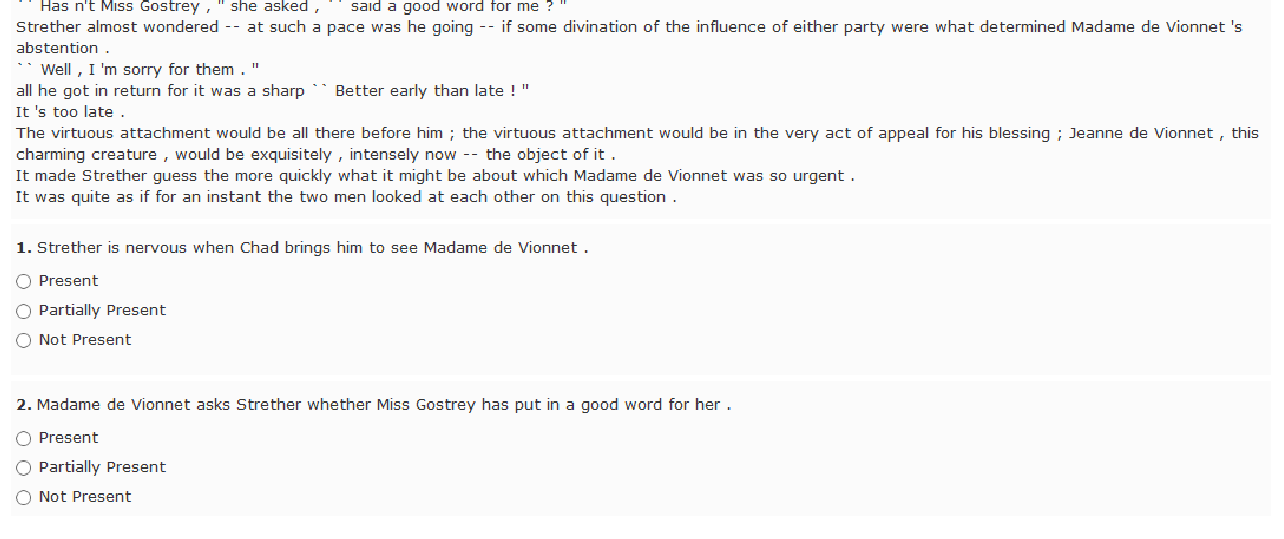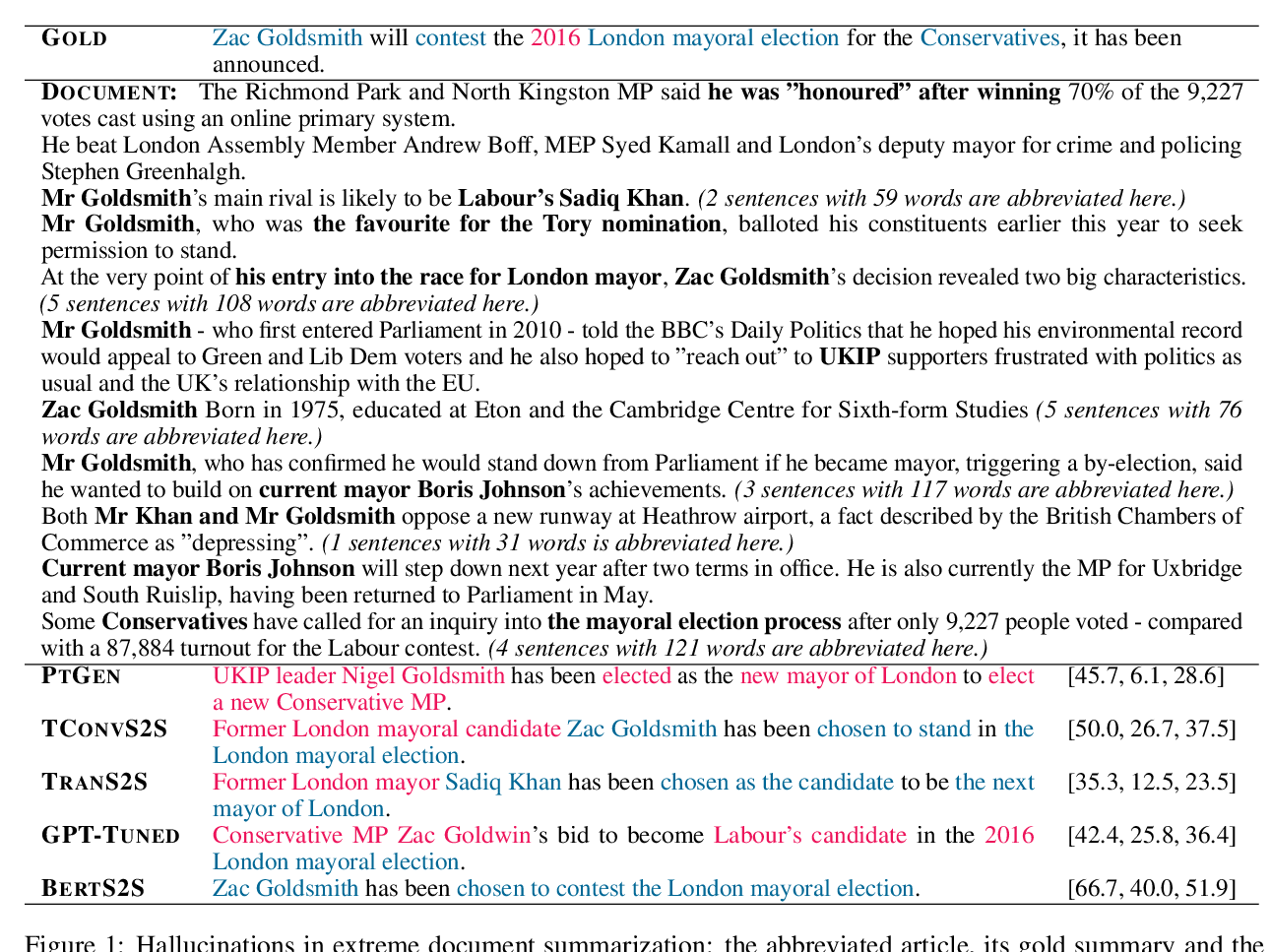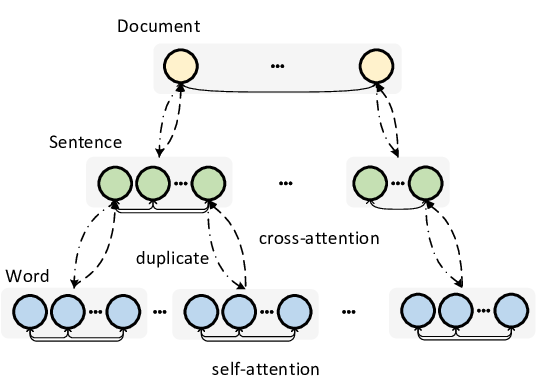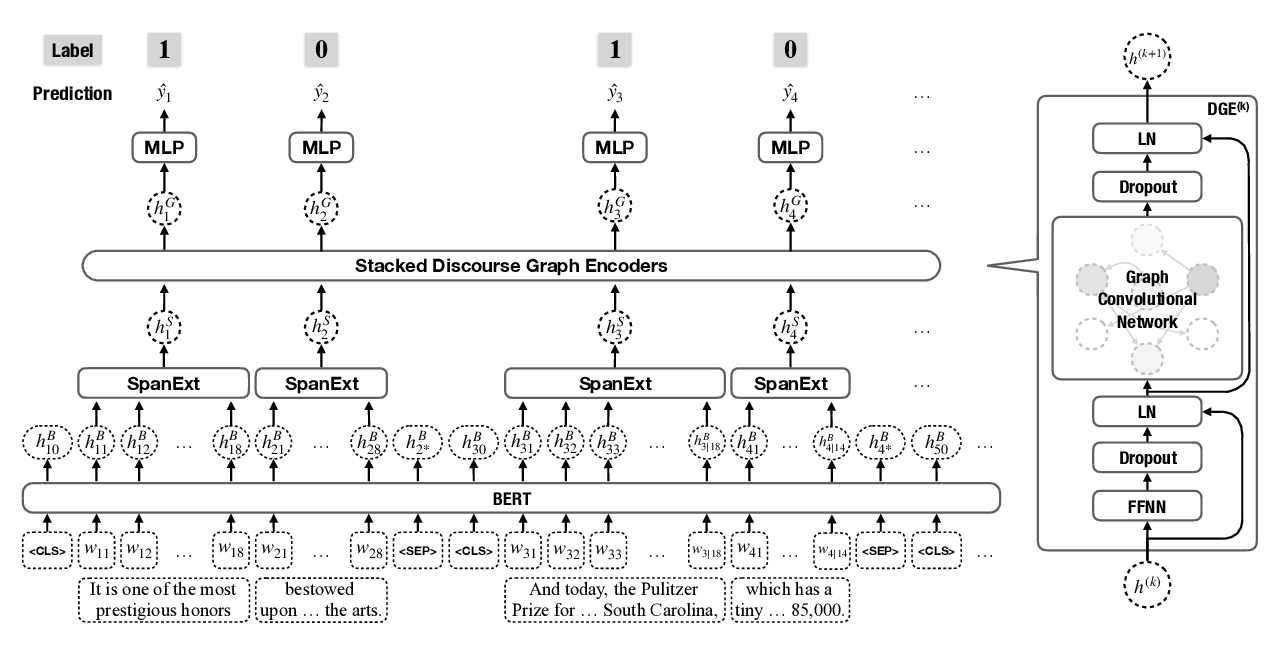Screenplay Summarization Using Latent Narrative Structure
Pinelopi Papalampidi, Frank Keller, Lea Frermann, Mirella Lapata
Summarization Long Paper
Session 3B: Jul 6
(13:00-14:00 GMT)

Session 4B: Jul 6
(18:00-19:00 GMT)

Abstract:
Most general-purpose extractive summarization models are trained on news articles, which are short and present all important information upfront. As a result, such models are biased on position and often perform a smart selection of sentences from the beginning of the document. When summarizing long narratives, which have complex structure and present information piecemeal, simple position heuristics are not sufficient. In this paper, we propose to explicitly incorporate the underlying structure of narratives into general unsupervised and supervised extractive summarization models. We formalize narrative structure in terms of key narrative events (turning points) and treat it as latent in order to summarize screenplays (i.e., extract an optimal sequence of scenes). Experimental results on the CSI corpus of TV screenplays, which we augment with scene-level summarization labels, show that latent turning points correlate with important aspects of a CSI episode and improve summarization performance over general extractive algorithms leading to more complete and diverse summaries.
You can open the
pre-recorded video
in a separate window.
NOTE: The SlidesLive video may display a random order of the authors.
The correct author list is shown at the top of this webpage.
Similar Papers
Exploring Content Selection in Summarization of Novel Chapters
Faisal Ladhak, Bryan Li, Yaser Al-Onaizan, Kathy McKeown,

On Faithfulness and Factuality in Abstractive Summarization
Joshua Maynez, Shashi Narayan, Bernd Bohnet, Ryan McDonald,

Multi-Granularity Interaction Network for Extractive and Abstractive Multi-Document Summarization
Hanqi Jin, Tianming Wang, Xiaojun Wan,

